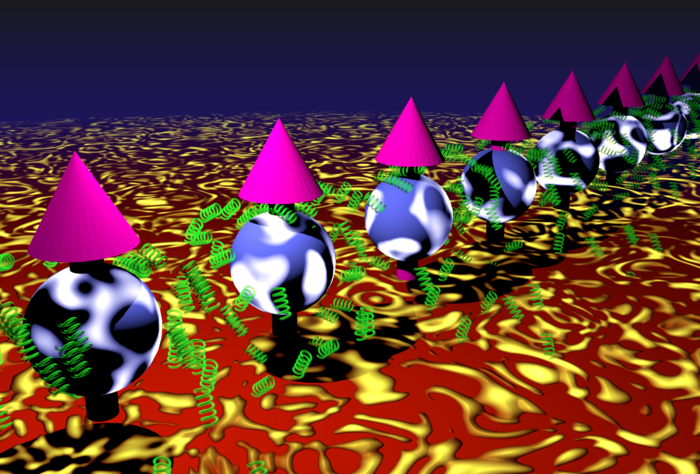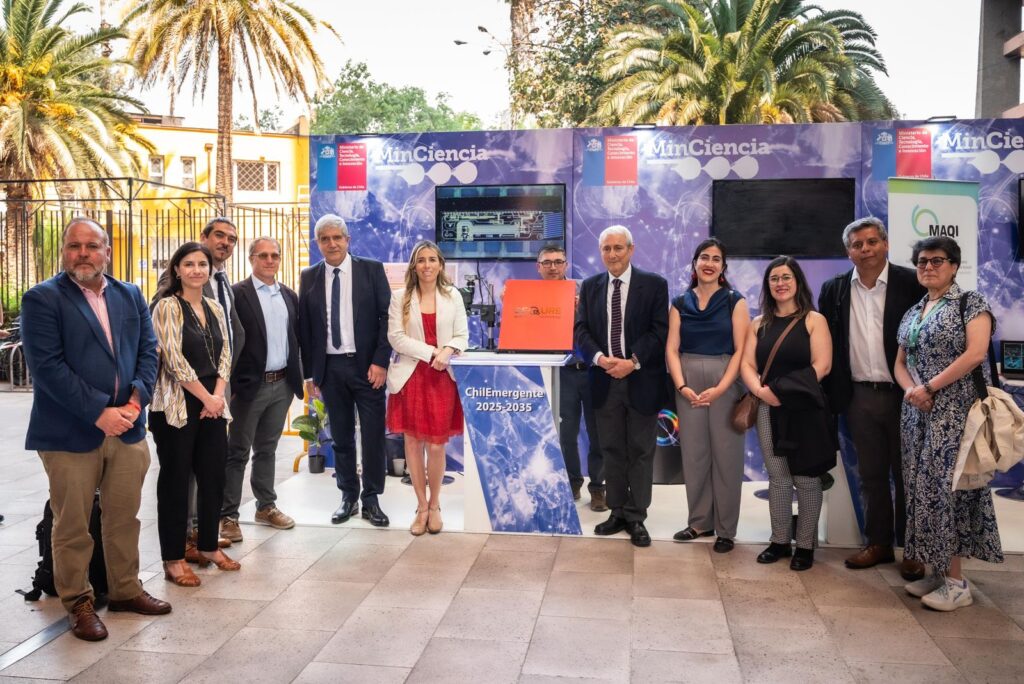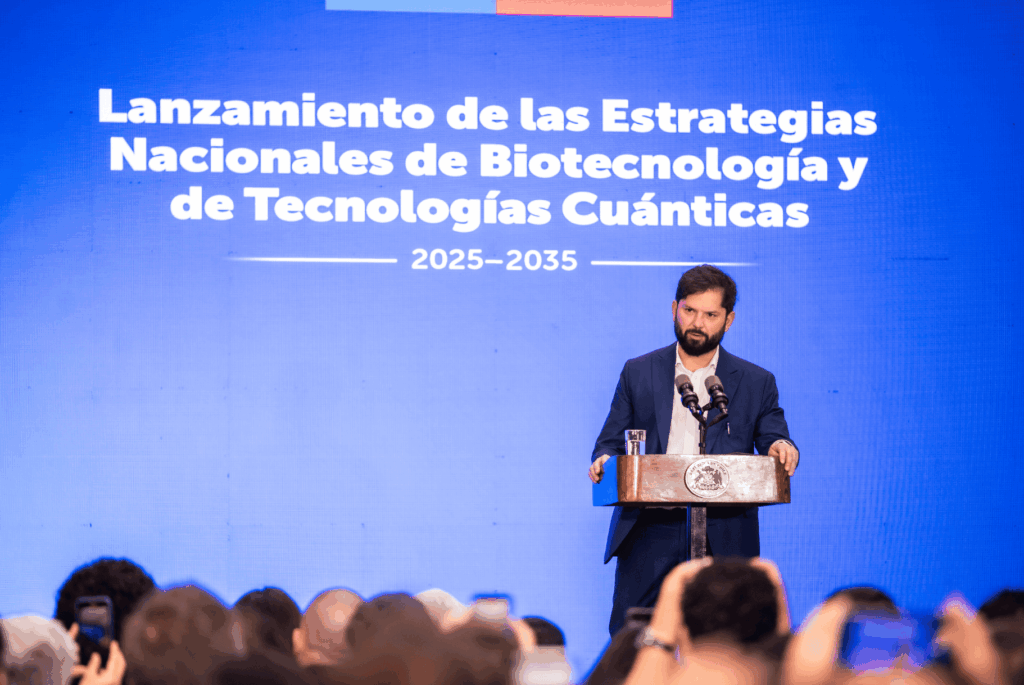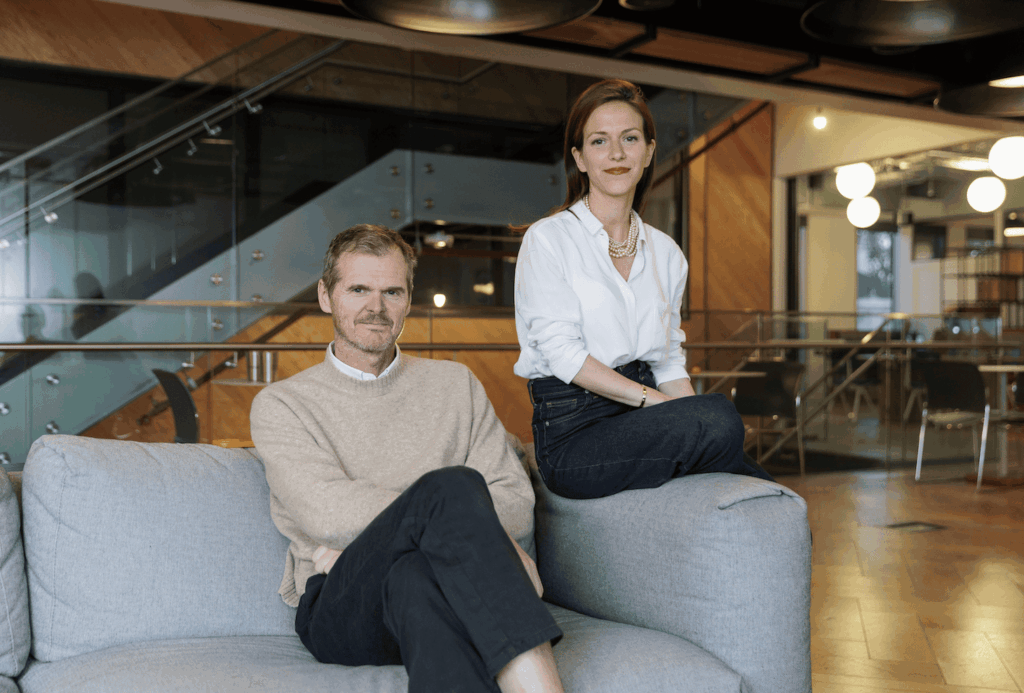Insider Brief
- Researchers report on a way to predict the behavior of many-body quantum systems coupled to their environment.
- This discovery could help protect quantum information in quantum devices, helping to pave the way for real-world applications of quantum technology.
- Image: Illustration of open quantum systems and non-Hermitian topology by Jose Lado, Aalto University.
PRESS RELEASE — Researchers have found a way to predict the behavior of many-body quantum systems coupled to their environment. The work represents a way to protect quantum information in quantum devices, which is crucial for real-world applications of quantum technology.
In a study published in Physical Review Letters, researchers at Aalto University in Finland and IAS Tsinghua University in China report a new way to predict how quantum systems, such as groups of particles, behave when they are connected to the external environment. Usually, connecting a system such as a quantum computer to its environment creates decoherence and leaks, which ruin any information about what’s happening inside the system. Now, the researchers developed a technique which turns that problem into its a solution.
The research was carried out by Aalto doctoral researcher Guangze Chen under the supervision of Professor Jose Lado and in collaboration with Fei Song from IAS Tsinghua. Their approach combines techniques from two domains, quantum many-body physics and non-Hermitian quantum physics.

Protection from decoherence and leaks
One of the most intriguing and powerful phenomena in quantum systems is many-body quantum correlations. Understanding these and predicting their behaviour is vital because they underpin the exotic properties of key components of quantum computers and quantum sensors. While a lot of progress has been made in predicting quantum correlations when matter is isolated from its environment, doing so when matter is coupled to its environment has so far eluded scientists.
In the new study, the team showed that connecting a quantum device to an external system can be a strength in the right circumstances. When a quantum device is host to so-called non-Hermitian topology, it leads to robustly protected quantum excitations whose resilience stems from the very fact that they are open to the environment. These kinds of open quantum systems can potentially lead to disruptive new strategies for quantum technologies that harness external coupling to protect information from decoherence and leaks.
From idealised conditions to the real world
The study establishes a new theoretical method to calculate the correlations between quantum particles when they are coupled to their environment. ‘The method we developed allows us to solve correlated quantum problems that present dissipation and quantum many-body interactions simultaneously. As a proof of concept, we demonstrated the methodology for systems with 24 interacting qubits featuring topological excitations,’ says Chen.
Professor Lado explains that their approach will help move quantum research from idealised conditions to real-world applications. ‘Predicting the behavior of correlated quantum matter is one of the critical problems for the theoretical design of quantum materials and devices. However, the difficulty of this problem becomes much greater when considering realistic situations in which quantum systems are coupled to an external environment. Our results represent a step forward in solving this problem, providing a methodology for understanding and predicting both quantum materials and devices in realistic conditions in quantum technologies,’ he says.
If you found this article to be informative, you can explore more current quantum news here, exclusives, interviews, and podcasts.
















